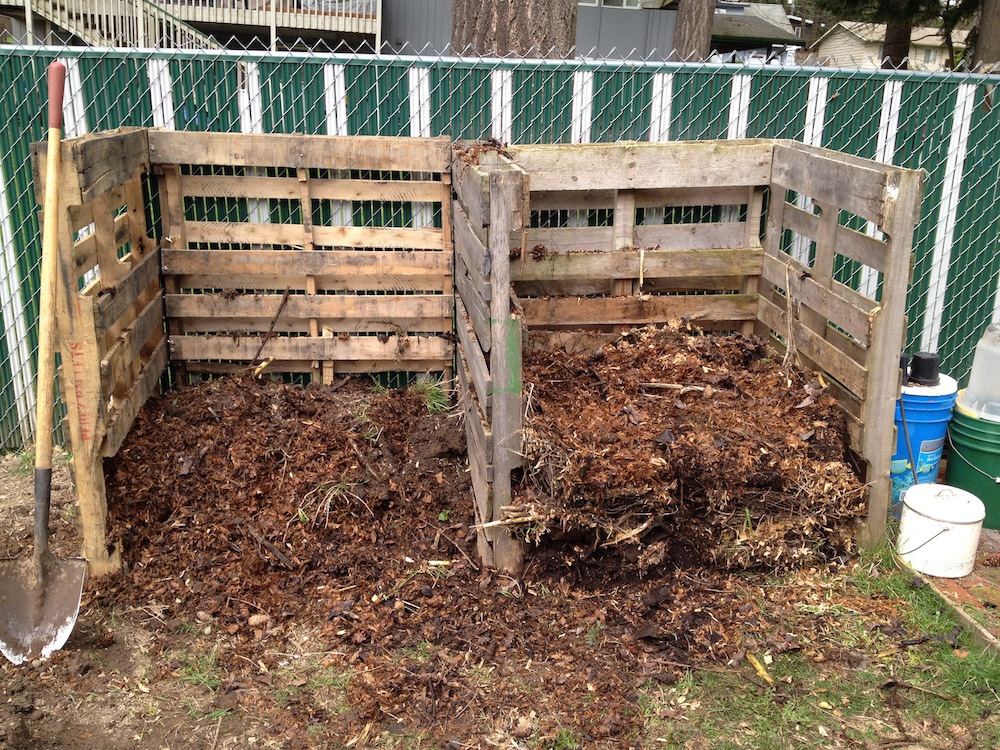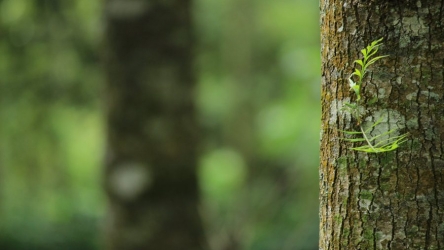
While the season of falling leaves and brisk mornings is right around the corner, there is much to prepare for next year. It feels like it’s far off, but planning for next year’s growing season is important. With cauliflower yet to yield, and cucumbers coming in daily, you may be content to sit back and relax, but now is the best time to winterize by preparing some compost for next year’s growing season.
Composting is one of the most effective ways to go green. But what does that mean exactly? Consider the leaves that fall in your yard each fall, some may be congregating now. When leaves sit they break down and give off carbon. This can be damaging to our environment in large quantities, and that is the case when leaves go to sit and decompose at the dump. Fresh leaves are also high in nitrogen, an agent in which soil bacteria convert and feed to plants for nourishment. Regardless of how you decide to use your leaves, they must be shredded. This will provide a head start on decomposition unhindered by an early freeze.
Compost All Year
As the leaves fall, you’ll start to see the fuel for your next garden all around. Along with these leaves, there are remnants from the garden, lawn clippings and even food scraps from the kitchen. So how does all this become the black gold we need for the garden?
You’ll want to make sure that everything is in small easily “digestible” morsels, so mulch your ingredients as you prepare them for composting. This will cut down drastically on the foul smell that failed compost projects are famous for. If you are using leaves and lawn clippings, go over them a few times with the lawn mower. A hand-push mower will give you the control you want for this step of the process.

Find a Spot
Using a bin that keeps compost off the ground will solve the issue of contamination, and allow for mixing, a process that will stir the compost and allow for heating by creation of gases. This alone will help fight the cold winter, which has been known to stunt or stop the composting process entirely.
Ample Storage
You’ll need to decide how to store your compost for winter. You’ll need to avoid moisture, which can damage the compost, but you’ll want to have something accessible so you can add food scraps during the cold months. I recommend getting a large bin holding unit that you can rotate to get oxygen flowing and help the “digestive” process. These are referred to as rotating barrel bins. They usually sit above ground and have a handle used to rotate and stir the contents. Holding units are styles that can be built with mesh wiring or wood post, however, one should mention that thee units fail to provide shelter from cold weather in the winter.
Turning units will take large amount of material and transform it into useable compost over the course of the winter months and even quicker during the spring and summer.
Don’t Add These to Your Compost
- Meat: Cannot be composted quickly in a home compost system, they will attract animals.
- Bones are also an animal attractant
- Dairy products do not break down well and will ruin the compost they come in contact with.
- Pet droppings. Keep in mind that dog and cat droppings could be in your yard, and be very careful not to add them to the compost base, as bacteria will produce disease that will end up in your garden, spreading disease like wildfire.
During the winter months the biggest challenge for compost will be keeping it from freezing, which can kill the helpful bacteria that help break down the various ingredients that meld together for the final product. Use leaves and lawn clippings to make layers of insulation, and remember to stir, or mix the heap regularly (being once every two to three weeks).
If you start to compost now, by next summer you’ll be using the compost in garden beds, pots, and to brighten up your yard as fertilizer.
Sourced technical information from greatersyracuse.mrrooter.com Many thanks!







